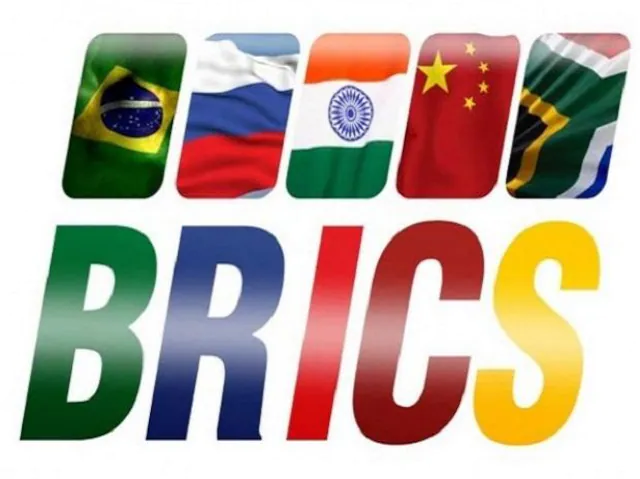Think tank plans building up system for middle class, which isn’t covered under any health scheme
The country’s low expenditure on public health care (estimated to be 0.9-1.1 per cent of GDP) is a big constraint in growing the subsidised risk pooling model in health care.
This is particularly true for the poor and sick and those who need them the most, a report by NITI Aayog, released on Monday, said. The current Pradhan Mantri Jan Arogya Yojana (PM-JAY), commonly known as Ayushman Bharat, is an example of a subsidised risk pooling model in the health care sector.
The report titled, ‘Health Systems for a New India: Building Blocks – Potential Pathways to Reforms’ that was released by NITI Aayog Vice-Chairman Rajiv Kumar, in the presence of Bill Gates, said better evidence-based decisions on what components of the health care package are to be subsidised for these populations are the need of the hour.
The Aayog, meanwhile, is mulling building up a health care system for the middle class, which is still not covered under any public health care system. The system would exclude those covered under the newly-launched Ayushman Bharat scheme that mainly caters to the bottom 40 per cent population of the country.
Meanwhile, the report said that estimates suggest that per-capita expenditures in health care for the poor (after cost-effective public goods are financed for the entire population) would more than triple if public funds were to be fully targeted only for the poor. While India’s public expenditure on health care has stagnated at around 0.9-1.1 per cent of GDP, in China it is 3.2 per cent of GDP. In Chile, it is 4.9 per cent and 9.4 per cent of GDP in Germany.



No comments:
Post a Comment